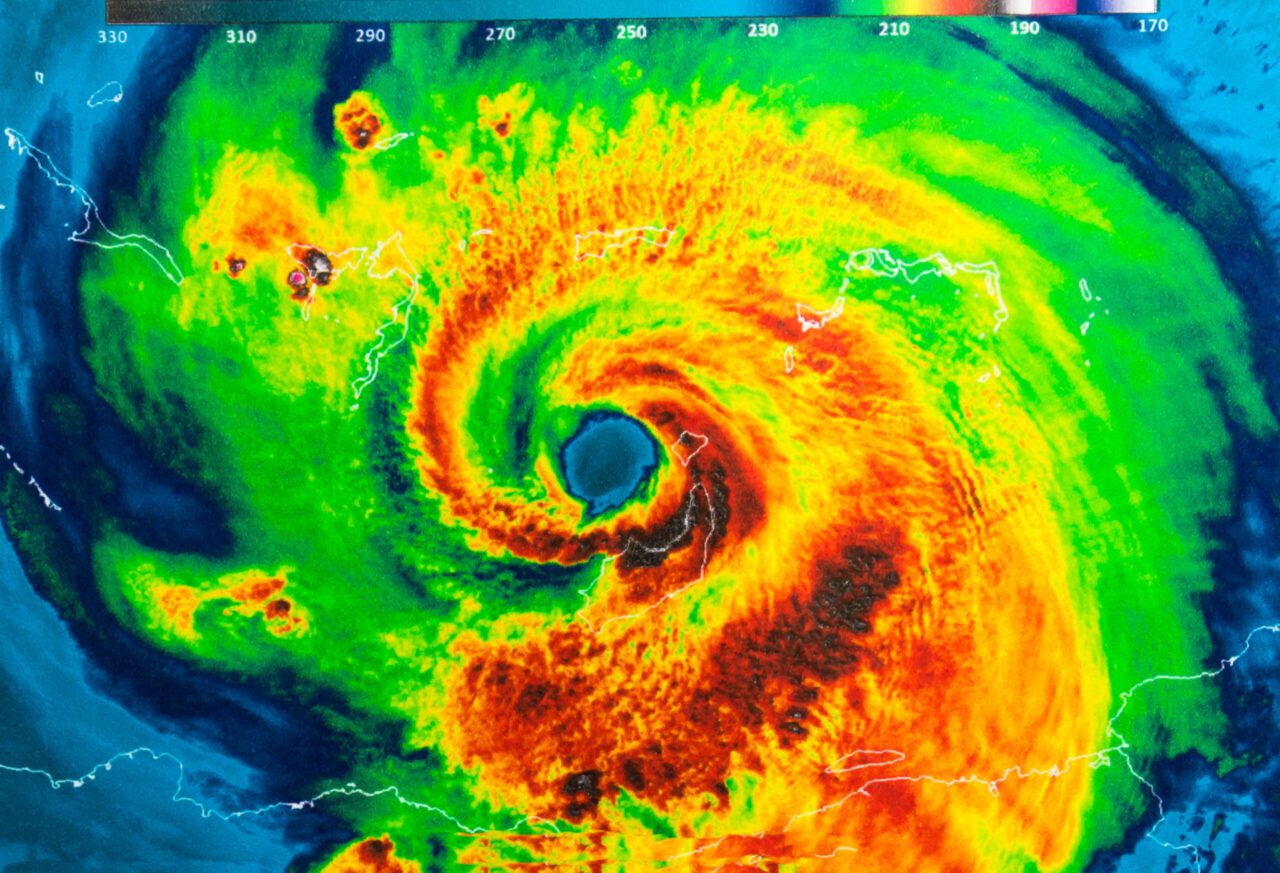NOAA Predicts Above-Average 2022 Atlantic Hurricane Season

NOAA Predicts Above-Average 2022 Atlantic Hurricane Season
SILVER SPRINGS, Md. – For the seventh consecutive year, forecasters at the National Oceanic and Atmospheric Administration’s (NOAA) Climate Prediction Center are predicting an above-average Atlantic hurricane season—which extends from June 1 to Nov. 30.
According to forecasters, there is a 65% chance of an above-average season, a 25% chance of a near-average season and a 10% chance of a below-average season.
While an average season typically spawns seven hurricanes, forecasters are predicting that as many as 10 hurricanes with sustained winds of 74 mph or more could form in 2022. Of the predicted hurricanes, between three and six storms may reach Category 3, 4 or 5 with sustained winds of 111 mph or more. In addition, the NOAA is estimating that 14 to 21 named storms might develop, including tropical storms containing wind speeds of 39 mph or more.
The NOAA is attributing increased storm activity in 2022 to ongoing La Niña conditions that are likely to persist throughout the hurricane season, above-average sea surface temperatures in the Atlantic Ocean and Caribbean Sea, weaker tropical Atlantic trade winds and an enhanced West African monsoon—which is known to contribute to strong and long-lasting hurricanes.
NOAA’s forecast is similar to the Colorado State University (CSU) hurricane researchers’ prediction of 19 named storms during the 2022 Atlantic hurricane season. The CSU researchers are predicting 2022 hurricane activity to be about 130% of the average season from 1991- 2020; 2021 was about 120% of the average season. As hurricane season becomes longer and more intense, it’s important to abide by federal, state and local guidance regarding hurricane safety.
Hurricane Hazards
While hurricanes pose the greatest threat to life and property, tropical storms and depression also can be devastating. The primary hazards from tropical cyclones (which include tropical depressions, tropical storms and hurricanes) are storm surge flooding, inland flooding from heavy rains, destructive winds, tornadoes and high surf and rip currents.
Storm surge is the abnormal rise of water generated by a storm’s winds. This hazard is historically the leading cause of hurricane related deaths in the United States. Storm surge and large battering waves can result in large loss of life and cause massive destruction along the coast.
Storm surge can travel several miles inland, especially along bays, rivers and estuaries.
Flooding from heavy rains is the second-leading cause of fatalities from landfalling tropical cyclones. Widespread torrential rains associated with these storms often cause flooding hundreds of miles inland. This flooding can persist for several days after a storm has dissipated.
Winds from a hurricane can destroy buildings and manufactured homes. Signs, roofing material and other items left outside can become flying missiles during hurricanes.
Tornadoes can accompany landfalling tropical cyclones. These tornadoes typically occur in rain bands well away from the center of the storm.
Dangerous waves produced by a tropical cyclone’s strong winds can pose a significant hazard to coastal residents and mariners. These waves can cause deadly rip currents, significant beach erosion, and damage to structures along the coastline, even when the storm is more than 1,000 miles offshore.
Actions to take when a tropical storm or hurricane threatens
When a hurricane threatens your community, be prepared to evacuate if you live in a storm surge risk area. Allow enough time to pack and inform friends and family if you need to leave your home.
Secure your home: Cover all your home’s windows. Permanent storm shutters offer the best protection for windows. A second option is to board up windows with 5/8-inch exterior grade or marine plywood, built to fit, and ready to install. Buy supplies before the hurricane season rather than waiting for the pre-storm rush.
Stayed tuned in: Check the websites of your local National Weather Service office and local government/emergency management office. Find out what type of emergencies could occur and how you should respond. Listen to NOAA Weather Radio or other radio or TV stations for the latest storm news.
Follow instructions issued by local officials. Leave immediately if ordered!
If NOT ordered to evacuate:
Take refuge in a small interior room, closet or hallway on the lowest level during the storm. Put as many walls between you and the outside as you can.
Stay away from windows, skylights and glass doors.
If the eye of the storm passes over your area, there will be a short period of calm, but at the other side of the eye, the wind speed rapidly increases to hurricane force winds coming from the opposite direction.
After a Hurricane
Continue listening to a NOAA Weather Radio or the local news for the latest updates.
If you evacuated, return home only when officials say it is safe.
Once home, drive only if necessary and avoid flooded roads and washed-out bridges. If you must go out, watch for fallen objects in the road, downed electrical wires, and weakened walls, bridges, roads, and sidewalks that might collapse.
Walk carefully around the outside of your home to check for loose power lines, gas leaks, and structural damage.
Stay out of any building if you smell gas, if floodwaters remain around the building, if the building or home was damaged by fire, or if the authorities have not declared it safe.
Carbon monoxide poisoning is one of the leading causes of death after storms in areas dealing with power outages. Never use a portable generator inside your home or garage.
Use battery-powered flashlights. Do NOT use candles. Turn on your flashlight before entering a vacated building. The battery could produce a spark that could ignite leaking gas, if present.
For more risk management resources, contact us today.
FEMA.gov and weather.gov contributed to this report.







